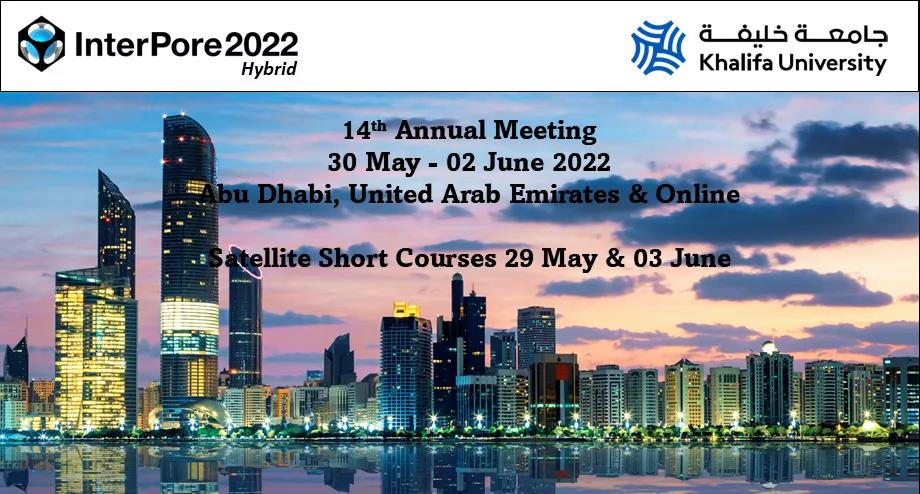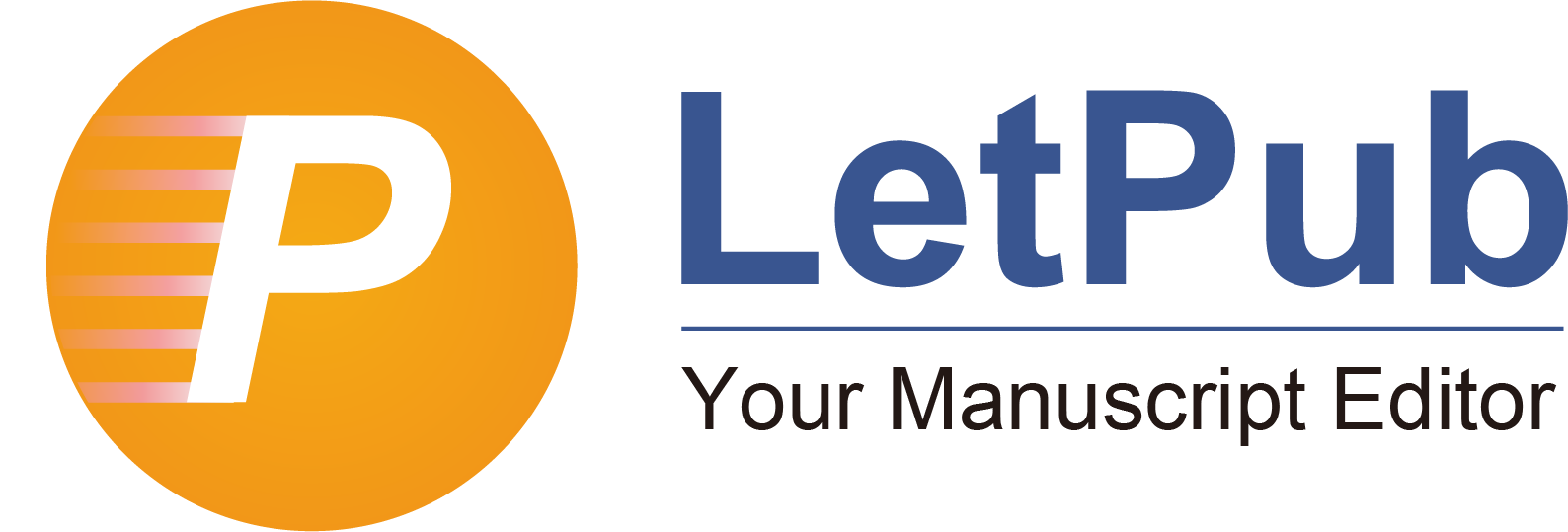Borehole full-waveform inversion of monopole logging in slow formations: Insights for shear-wave velocity profiling
Abstract view|296|times PDF download|87|times
Abstract
Slow formations, characterized by shear-wave velocities lower than those of the borehole fluid, present significant challenges for shear-wave velocity estimation using monopole acoustic logging, primarily due to the absence of critically refracted shear waves. To address this limitation, a borehole full-waveform inversion framework is proposed in this paper, which employs low-frequency monopole excitation to exploit the sensitivity of Stoneley waves to shear velocity. The elastic wave equation is reformulated in cylindrical coordinates as a recurrent neural network structure within a deep learning framework, allowing automatic differentiation for efficient gradient computation without adjoint-state methods. Numerical experiments reveal that while high-frequency monopole data can accurately recover compressional-wave velocities, they fail to resolve shear-wave velocities due to weak Stoneley energy in the high-frequency data. In contrast, strong low-frequency Stoneley waves enable robust and reliable shear-wave inversion. An inversion workflow is further proposed, in which an initial shear-wave velocity model is derived by applying a velocity ratio to the inverted compressional-wave model and subsequently refined through inversion of low-frequency monopole data. The proposed approach yields high-accuracy shear velocity profiles in the near-wellbore region and remains effective under complex geological conditions, including small-scale anomalies and ultra-slow formations. These results highlight the critical role of Stoneley waves in monopole-based inversion and offer a practical solution for estimating the shear-wave velocities of slow and unconsolidated formations.
Document Type: Original article
Cited as: Xu, S., Liu, Y., Zou, Z., Liu, Y. Borehole full-waveform inversion of monopole logging in slow formations: Insights for shear-wave velocity profiling. Advances in Geo-Energy Research, 2025, 17(1): 82-90. https://doi.org/10.46690/ager.2025.07.07
Keywords
Full Text:
PDFReferences
Berg, E. M., Lin, F. C., Schulte-Pelkum, V., et al. Shallow crustal shear velocity and VP/VS across Southern California: Joint inversion of short-period Rayleigh wave ellipticity, phase velocity, and teleseismic receiver functions. Geophysical Research Letters, 2021, 48(15): e2021GL092626.
Chen, D., Zhang, C., Guan, W., et al. Near-borehole formation acoustic logging imaging: A full waveform inversion algorithm in cylindrical coordinates. IEEE Transactions on Geoscience and Remote Sensing, 2023, 61: 4506414.
Du, B., Sun, J., Jia, A., et al. Physics-informed robust and implicit full waveform inversion without prior and lowfrequency information. IEEE Transactions on Geoscience and Remote Sensing, 2024, 62: 5918712.
Ebrahimi, A., Izadpanahi, A., Ebrahimi, P., et al. Estimation of shear wave velocity in an Iranian oil reservoir using machine learning methods. Journal of Petroleum Science and Engineering, 2022, 209: 109841.
Engl, H. W., Hanke, M., Neubauer, A. Regularization of Inverse Problems. Dordrecht, The Netherlands, Kluwer Academic Publishers, 1996.
Fan, Y., Pang, H., Jin, Y., et al. Integration of image recognition and expert system for real-time wellbore stability analysis. Advances in Geo-Energy Research, 2025, 15(2): 158-171.
Fang, Z., Wang, H., Li, M., et al. A source independent TVregularized full waveform inversion method for peripheral imaging around a borehole. IEEE Transactions on Geoscience and Remote Sensing, 2024, 62: 5916909.
Hornby, B. E. Tomographic reconstruction of near-borehole slowness using refracted borehole sonic arrivals. Geophysics, 1993, 58(12): 1726-1738.
Hornby, B. E., Murphy, W. F. Vp/Vs in unconsolidated oil sands: Shear from Stoneley. Geophysics, 1987, 52(4): 502-513.
Kurkjian, A. L., Chang, S.-K. Acoustic multipole sources in fluid-filled boreholes. Geophysics, 1986, 51(1): 148-163.
Li, J., He, X., Chen, H., et al. Inversion of radial shear velocity profile for acoustic logging using CNN-LSTM network. IEEE Transactions on Geoscience and Remote Sensing, 2024, 62: 5907610.
Li, J., Wan, J., Wang, T., et al. Leakage simulation and acoustic characteristics based on acoustic logging by ultrasonic detection. Advances in Geo-Energy Research, 2022, 6(3): 181-191.
Li, J. C., He, X., Zhao, A. S., et al. Joint inversion of formation radial shear-velocity profiles by dipole acoustic logging while drilling. Geophysics, 2023, 88(4): D295-D305.
Mavko, G., Mukerji, T., Dvorkin, J. The Rock Physics Handbook. Cambridge, UK, Cambridge University Press, 2020.
Rajabi, M., Hazbeh, O., Davoodi, S., et al. Predicting shear wave velocity from conventional well logs with deep and hybrid machine learning algorithms. Journal of Petroleum Exploration and Production Technology, 2023, 13(1): 1942.
Sinha, B., Vissapragada, B., Kisra, S., et al. Optimal well completions using radial profiling of formation shear slownesses. Paper SPE 95837 presented at SPE Annual Technical Conference and Exhibition, Dallas, Texas, 9-12 October, 2005.
Stevens, J. L., Day, S. M. Shear velocity logging in slow formations using the Stoneley wave. Geophysics, 1986, 51(1): 137-147.
Sun, J., Niu, Z., Innanen, K. A., et al. A theory-guided deep-learning formulation and optimization of seismic waveform inversion. Geophysics, 2020, 85(2): R87-R99.
Tang, H., Cheng, A. C. H., Li, Y. E., et al. Borehole acoustic full-waveform inversion. Geophysics, 2023, 88(4): D271D293.
Tang, X. M., Cheng, C. H. A. Quantitative Borehole Acoustic Methods. Amsterdam, Netherlands, Elsevier, 2004.
Tang, X. M., Patterson, D. J. Mapping formation radial S-wave velocity variation by a constrained inversion of borehole flexural-wave dispersion data. Geophysics, 2010, 75(6): E183-E190.
Wang, B., Zhang, K. Direct inversion algorithm for shear velocity profiling in dipole acoustic borehole measurements. IEEE Geoscience and Remote Sensing Letters, 2018, 15(6): 828-832.
Wang, J., Cao, J., Yuan, S. Shear wave velocity prediction based on adaptive particle swarm optimization optimized recurrent neural network. Journal of Petroleum Science and Engineering, 2020, 194: 107466.
Wang, L., Ren, Z., Bao, Z. Full-waveform inversion of Rayleigh wave from high-speed-train seismic data for shallow-surface velocity building. Chinese Journal of Geophysics, 2025, 68(4): 1444-1456.
Wang, S., Jiang, Y., Song, P., et al. Memory optimization in RNN-based full waveform inversion using boundary saving wavefield reconstruction. IEEE Transactions on Geoscience and Remote Sensing, 2023a, 61: 5919212.
Wang, Y., Liu, Y., Zou, Z., et al. Recent advances in theory and technology of oil and gas geophysics. Advances in Geo-Energy Research, 2023b, 9(1): 1-4.
Xu, S. Integrated multipole acoustic modeling and processing in general stressed formations, Part 2: A well case study. Geoenergy Science and Engineering, 2024, 233: 212484.
Xu, S., Zou, Z. Perforation evaluation using multiscale traveltime tomography: Insights from borehole data. Geophysics, 2025, 90(3): A21-A25.
Xu, Xu, S., Zou, Z., Li, S. Offset-controlled localized velocity inversion in the tau-p domain using acoustic traveltimes: Modeling and application. IEEE Transactions on Geoscience and Remote Sensing, 2024, 62: 5936110.
Zeroug, S., Valero, H., Bose, S., et al. Monopole radial profiling of compressional slowness. SEG Technical Program Expanded Abstracts 2006, 2006, 354-358.
Zhang, C., Wang, H., Chen, D., et al. A full waveform inversion method for inverting S-wave velocity profiles of slow formations near borehole. Geoenergy Science and Engineering, 2025, 252: 213861.
Zhang, J., Lang, J., Standifird, W. Stress, porosity, and failuredependent compressional and shear velocity ratio and its application to wellbore stability. Journal of Petroleum Science and Engineering, 2009, 69(3-4): 193-202.
DOI: https://doi.org/10.46690/ager.2025.07.07
Refbacks
- There are currently no refbacks.
Copyright (c) 2025 The Author(s)

This work is licensed under a Creative Commons Attribution-NonCommercial-NoDerivatives 4.0 International License.


